On Monday, October 21, 1968, the women’s compulsories opened the gymnastics competition at the Olympics in Mexico City.
And, as we’ll see, the crowd was very invested in the competition.
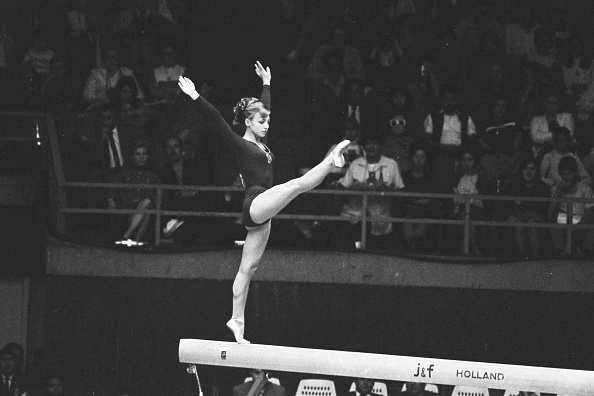
On Monday, October 21, 1968, the women’s compulsories opened the gymnastics competition at the Olympics in Mexico City.
And, as we’ll see, the crowd was very invested in the competition.

In 1968, the men’s event finals took place on Saturday, October 26, the very last day of competition at the Olympic Games.
Let’s take a look at what happened…
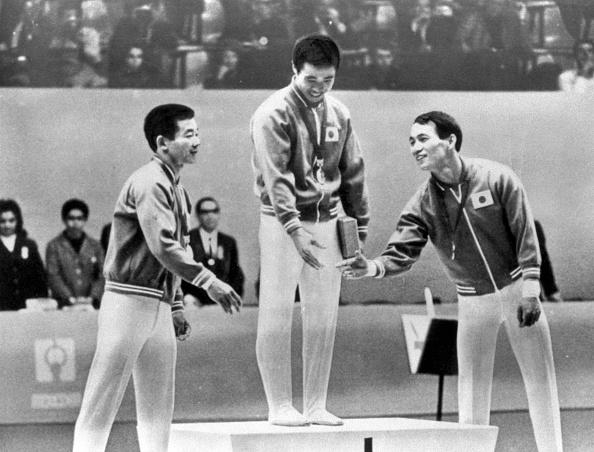
The Swiss newspaper L’Express summarized it best:
Until the last moment, it was impossible to predict who would win the individual all-around victory. However, since the start of the evening, it was certain that the Japanese would win the team competition.
Jusqu’au dernier moment, il était impossible de prédire à qui irait la victoire individuelle. Par contre, depuis le début de la soirée, il était certain que les Japonais l’emporteraient par équipes.
L’Express, Saturday, October 26, 1968
Let’s take a look at what happened.
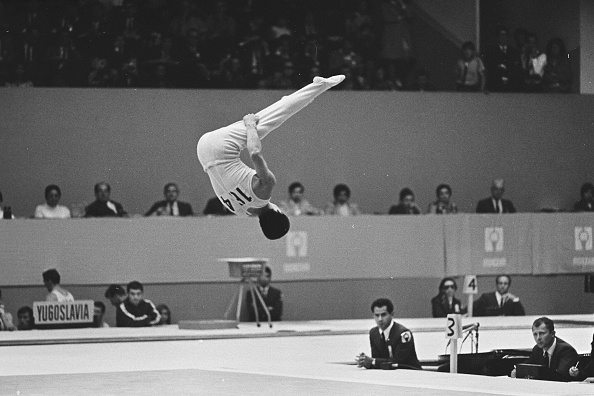
When we think of the 1968 Olympics in Mexico City, we think of the questionable judging in women’s gymnastics and the political protest of Věra Čáslavská on the podium after the floor finals.
Over the years, a piece of FIG gossip has been forgotten. It happened after the men’s compulsories. Arthur Gander, the FIG president, threatened to ban a coach from competition.
So, let’s dive into the men’s compulsories, eh?
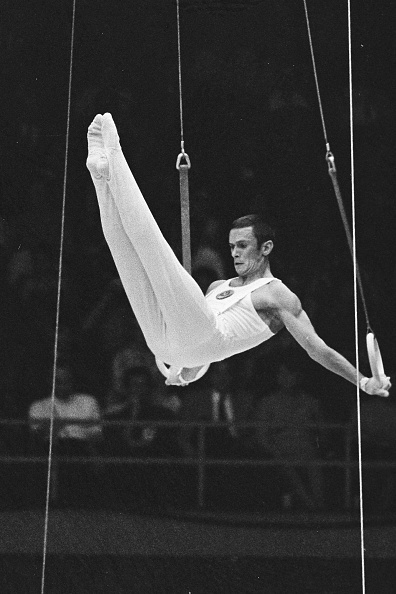
In Věra ‘68, Čáslavská returned to the National Auditorium in Mexico City, the place where she won four gold medals. While there, the tour guide said:
[Čáslavská] was an icon for us. We felt she was one of us, because at that time, in both our countries, there were student uprisings. That is why she was so dear to us. The fact that she won — it strengthened the bond between all the oppressed people. You will always be in our hearts.
During the 1968 Olympic Games, the Czechoslovak athletes meant a lot to a large portion of the Mexican audience. To understand why, you have to understand what happened in Mexico City ten days before the Olympics commenced.
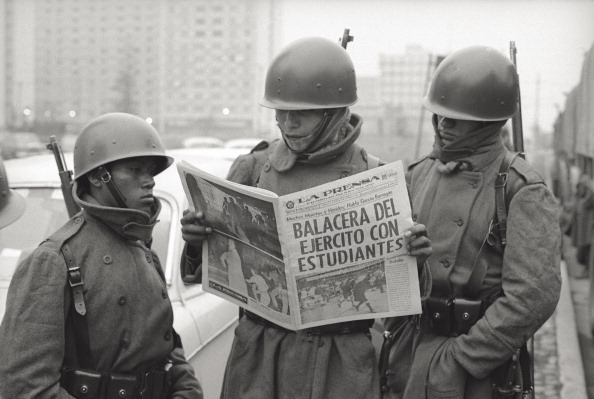
Why is our national team suddenly so young? It seems to be a recurring question in the Soviet press in the late 1960s, and there were several explanations.
In an article from 1967, one writer suggested that it’s because the Soviet Union was trying to keep pace with the likes of Věra Čáslavská, who made her international debut at the age of 16 at the 1958 World Championships in Moscow.
The articles from 1968 told a different story.
In the first article below, the explanation will sound more familiar to today’s gym nerds. It has to do with the presumed innocence and naïveté of female gymnasts before they reach adulthood.
In the second article, Larisa Latynina offers a slightly different rendition of the rise of the teenage gymnast.
And finally, we’ll take a look at an Estonian article about Larisa Petrik and what she reportedly did with her pigtails.
At the 1967 European Championships, Czechoslovak gymnast Věra Čáslavská scored two 10.0s. One year later, during the lead-up to the Mexico City Olympics, the Soviet gymnasts scored four 10.0s at their domestic competitions.
Given the flurry of 10.0s just before the 1968 Olympics, it’s somewhat surprising that there weren’t any 10.0s in Mexico City.
Let’s take a look at what happened at the USSR Nationals and the USSR Cup.
After Čáslavská scored two 10.0s at the 1967 European Championships, a flurry of 10.0s appeared in national competitions during the lead-up to the Mexico City Olympics. Two of the recipients were Erika Zuchold and Karin Janz.
At the East German Championships in July of 1968, Zuchold scored 10.0s on both optional floor and vault, and Janz scored a 10.0 on her optional vault.
What follows is a translation of an article from Neues Deutschland.
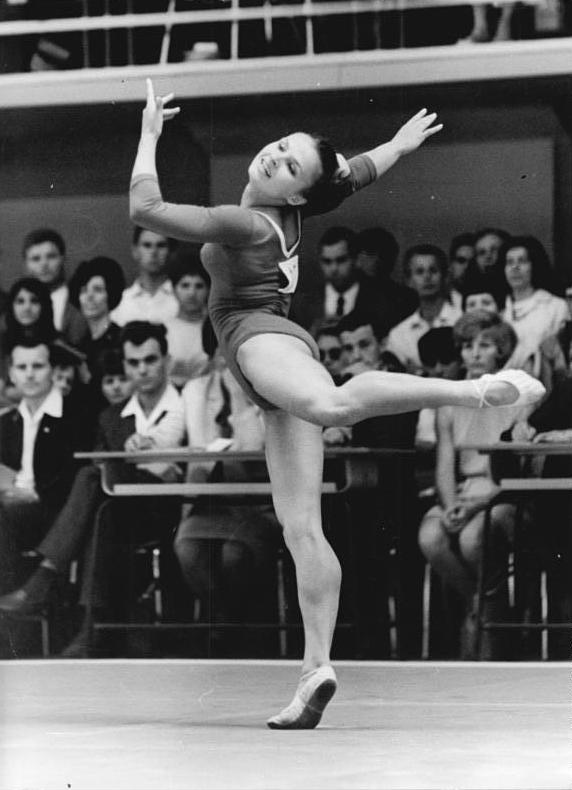
How much did it cost to be an FIG member in 1968? What was the FIG’s budget in 1968? Will Israel finally be approved to compete in the European Championships?
All that and more in the notes from the 1968 FIG Meeting.
Let’s take a look at the compulsories for the 1968 Olympic Games in Mexico City, including the piano sheet music!
The bar routine turned out to be brutal. Every single team had at least one gymnast score in the 8s (or lower) — even the Soviet Union.